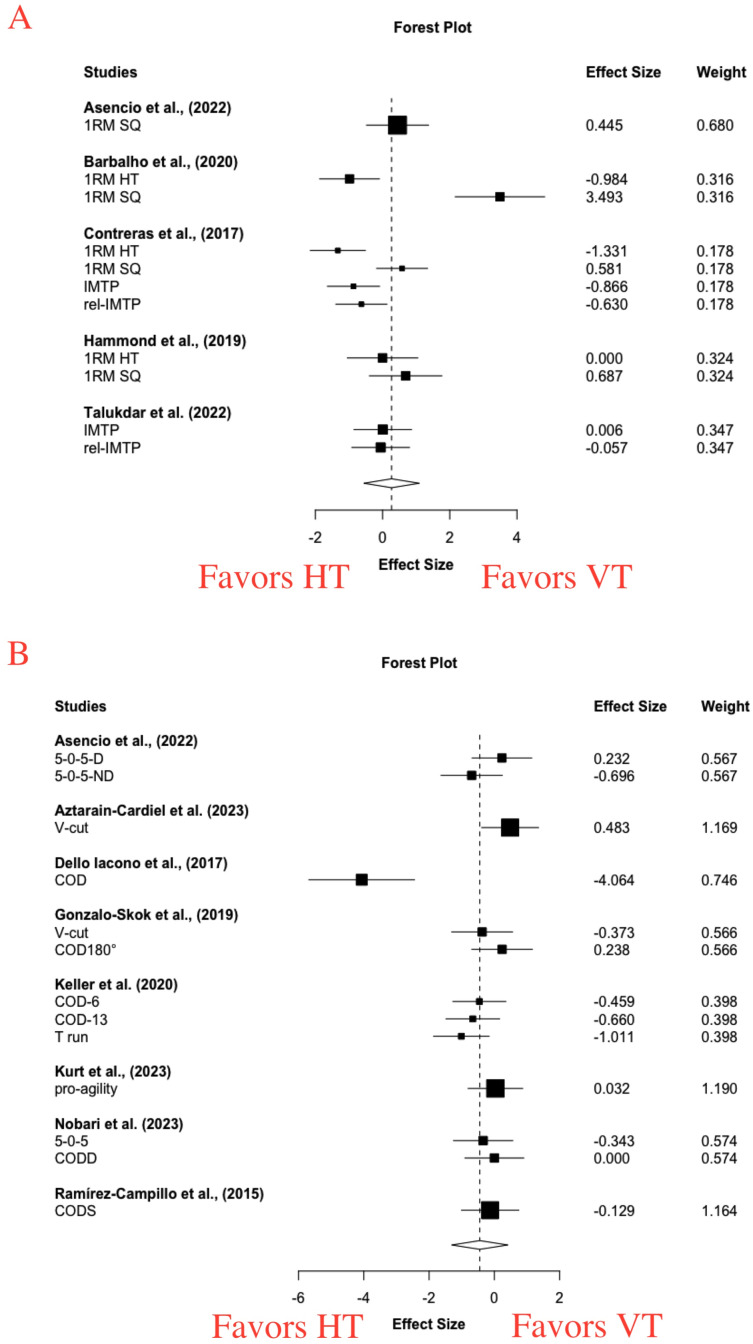Figure 5. Short-term effects of vertical training vs. horizontal training on maximal strength (A) and change of direction (B).
(A) Positive effect sizes denote favoring vertical training for maximal strength (g = 0.27 [−0.56, 1.09], p = 0.42, I 2 = 84.37, Tau 2 = 1.25). RM, repetition maximal; HT, hip thrust; SQ, squat; IMTP, isometric mid-thigh pull; rel-IMTP, relative maximal force of isometric midthigh pull. (B) Negative effect sizes denote favoring horizontal training for change of direction performance (g = −0.45 [−1.31, 0.41], p = 0.26, I 2 = 74.57, Tau 2 = 0.66). D, dominant-leg; ND, non-dominant leg; COD, change of direction; COD-6, 6 times COD; COD-13, 13 times COD; CODS, change of direction speed

